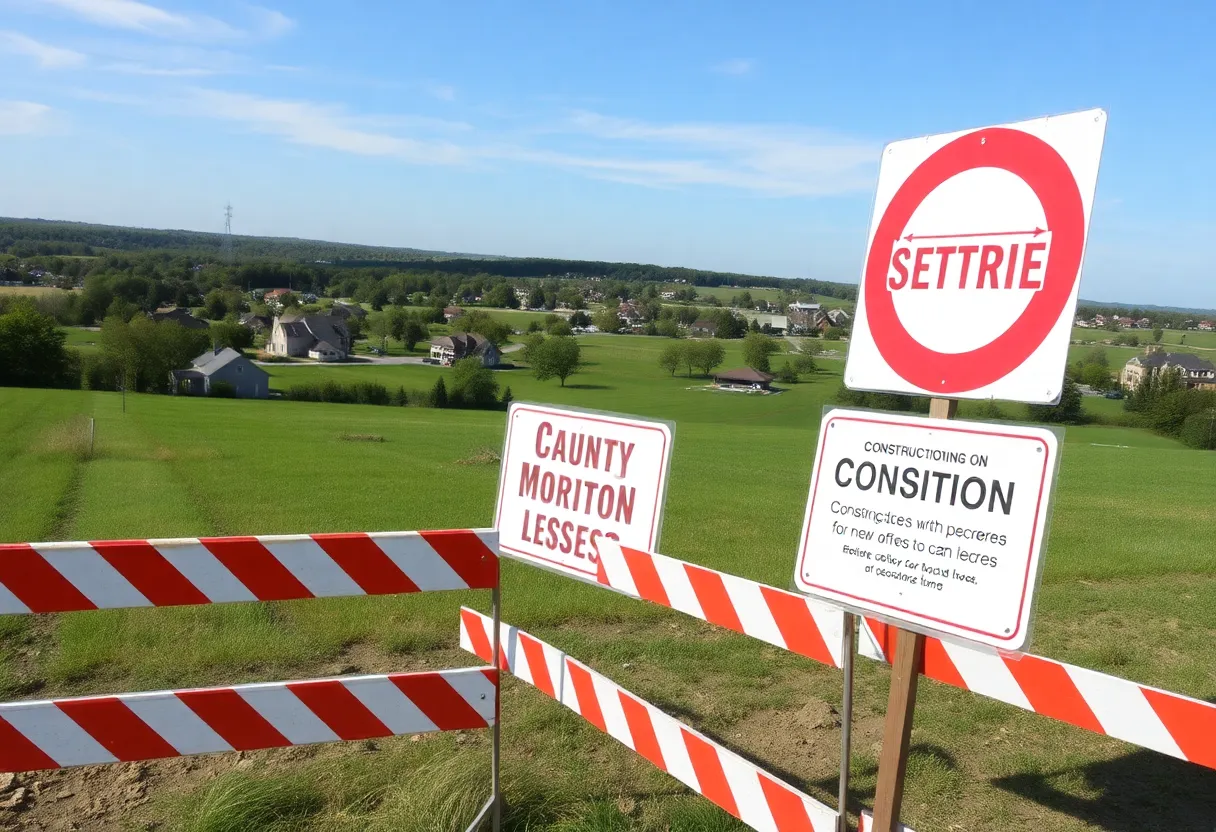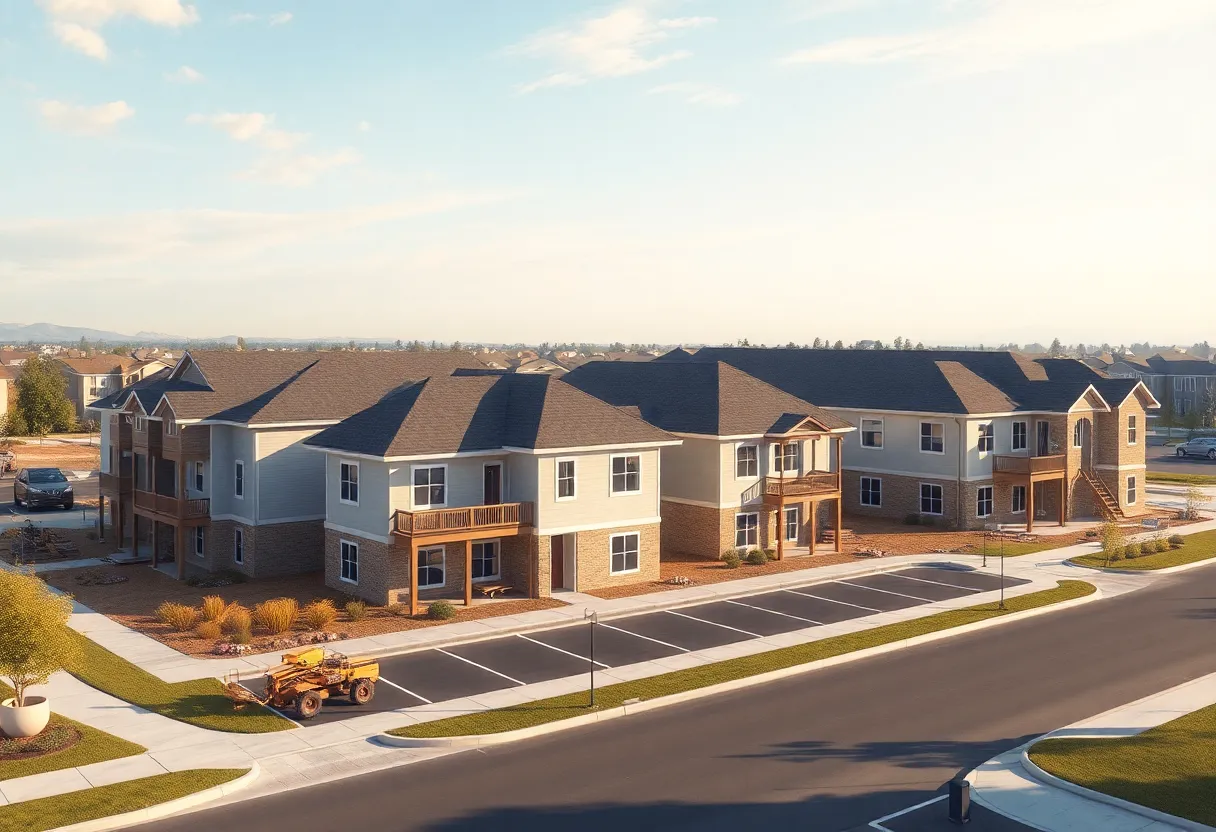Pulaski County, August 14, 2025
News Summary
Pulaski County has enacted a six-month moratorium on new construction in specified areas outside Little Rock and North Little Rock. This decision, taken by the Pulaski County Quorum Court, is a response to recent legislative changes that have altered the regulatory landscape for construction in Arkansas. The aim is to ensure that future projects align with local regulations while providing time for the development of new guidelines that balance interests of developers, residents, and land use.
Pulaski County Enacts Six-Month Moratorium on New Construction Near Little Rock and North Little Rock
The county’s Quorum Court approved a six-month moratorium on new construction in boundary areas outside the cities of Little Rock and North Little Rock, a move designed to manage growth as state law changes take effect. The measure was enacted on a Tuesday and aims to give the county time to establish its own land-use rules in the wake of recent changes to municipal authority.
The action follows Act 314, which stripped municipalities of their power to regulate construction in their extraterritorial jurisdictions (ETJs). Previously, Arkansas cities could regulate development within a buffer zone of roughly one to three miles beyond their borders. With the new law, cities can no longer regulate development just outside their limits, shifting more oversight to the county level.
Context and legal shift
Under Act 314, cities lose direct control over construction outside their municipal borders, prompting the need for county-led planning to address growth, infrastructure, and compatibility with nearby communities. The moratorium is framed as a temporary pause to prevent conflicting development while county provisions are drafted and refined.
Responses from local officials
North Little Rock officials expressed concerns about losing jurisdiction and the potential for developments that may not align with the character and needs of nearby communities. State Rep. Justin Gonzales, the bill’s sponsor, described the aim as protecting property rights for landowners adjacent to cities and stressed that county residents should not be subject to regulations from city officials they cannot vote for.
Observers noted early developments that highlighted the shift in oversight, including the appearance of billboards in areas previously governed by ETJ regulations on the effective date of the law. County Judge Barry Hyde highlighted the risks to residents and investments now that zoning regulations have diminished in the affected zones. The moratorium is described as a temporary measure to keep projects from conflicting with municipal regulations until new county regulations can be put in place.
County leaders emphasized the need for planning and for broad input from residents and planning boards during the moratorium period. The goal is to establish a clear, county-wide approach to land use that can accommodate growth while respecting the boundaries of incorporated areas and protecting property rights.
What to expect next
Officials indicate that the moratorium is intended to buy time for the county to craft regulations that address the overlap between city borders and unincorporated areas. The period will be used to solicit input from local communities and planning boards, with a focus on orderly development, infrastructure needs, and clarity for landowners near city lines.
Frequently Asked Questions
What is the purpose of the six-month moratorium?
The moratorium pauses new construction in the boundary areas outside Little Rock and North Little Rock to allow the county to draft its own zoning rules following changes to ETJ authority under Act 314.
Where does the moratorium apply?
It applies to boundary areas outside the jurisdictions of Little Rock and North Little Rock, where ETJ control previously existed.
What prompted this action?
The action follows Act 314, which changed who regulates construction near city borders and necessitated county-level planning to guide future development in those areas.
What concerns have been raised by local officials?
Officials have cited potential loss of jurisdiction, the risk of incompatible nearby development, and the need to protect property rights while ensuring orderly growth outside city limits.
What happens during the moratorium period?
During the moratorium, county planning bodies will gather input from residents and planning boards to draft county regulations that address land use, zoning, and development in unincorporated areas adjacent to cities.
When will county regulations be in place?
The period of the moratorium is six months, after which county officials anticipate having a framework for county-wide regulations ready for consideration and amendment.
Key features of the moratorium
Deeper Dive: News & Info About This Topic
Additional Resources
- KATV: Pulaski County Halts Non-Conforming Construction
- Arkansas Online: Pulaski County Imposes Temporary Construction Moratorium
- PC Patriot: Construction Underway at Pulaski County Sportsplex
- THV11: Providence Park Tiny Homes Construction
- NWA Online: Proposed Solar Project for Pulaski County
- Wikipedia: Pulaski County, Arkansas





